
Bird Walk at Devara Cheruvu, Kadiri, Sathya Sai, Andhra Pradesh
- Sathya Sai
- 11 October, 2025
- Ashok Kumar Kayala

About Devara Cheruvu, Kadiri
Devara Cheruvu is a freshwater lake located near Kadiri in the Sri Sathya Sai district of Andhra Pradesh. It serves as an important local water body in this semi-arid landscape, acting as a key reservoir for rainwater collection and groundwater recharge. The lake and its surrounding catchment likely support a mosaic of habitats including open water, aquatic vegetation, and semi-arid scrub, making it a refuge for various resident and migratory bird species. It also plays a vital role in supporting local livelihoods, agriculture, and maintaining the microclimate of the Kadiri region.
The habitat type of Devara Cheruvu can be described as a man-made or modified freshwater wetland, typical of peninsular India’s inland tanks. Although systematic studies on its biodiversity and extent are limited, such lakes are known to provide critical stopover sites for waterfowl and other fauna during migratory seasons. Conservation of Devara Cheruvu is essential to prevent threats such as encroachment, pollution, siltation, and water extraction. Restoring its catchment area, maintaining native riparian vegetation, and involving local communities in management efforts would help sustain the ecological and social importance of this valuable freshwater ecosystem.
Partnered with
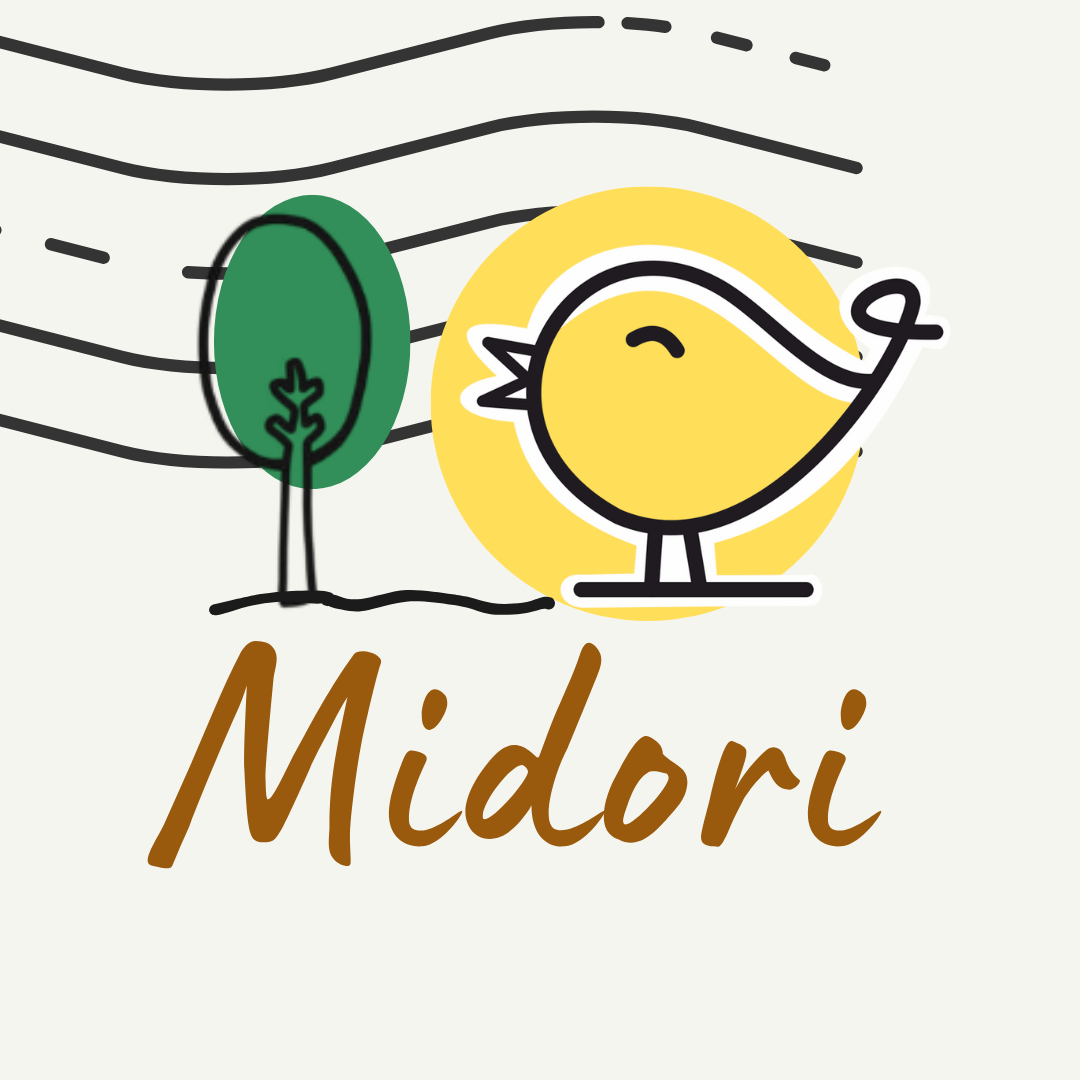
Bird walk Location
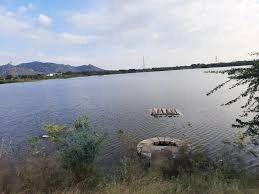

Bird Guide: Kayla Ashok Kumar
A software Engineer by profession and passionate to do the bird count, and observe bird behavior and guiding the communities through NGO's for conservation of birds and their role in biodiversity and also approach schools adjacents to forest areas and train about conservation of fauna.
Common birds of Devara Cheruvu
Devara Cheruvu in Kadiri serves as a lively refuge for many common yet captivating bird species that thrive around its freshwater habitat and surrounding scrublands. The lake margins and open grassy areas often echo with the melodious calls of Red-vented Bulbuls, which are among the most abundant and adaptable birds of the region. Laughing Doves and Eurasian Collared Doves can be seen perched on electric lines or feeding quietly near cultivated fields, their gentle cooing blending into the morning soundscape. Among the reeds and bushes, tiny Prinias flit restlessly, weaving their nests with remarkable skill, while the sky above the lake is often animated by the swift flights of Green Bee-eaters, catching insects mid-air with dazzling agility.
Closer to the water, Devara Cheruvu hosts an interesting variety of waterfowl. Spot-billed Ducks and Lesser Whistling Ducks are frequently observed gliding gracefully across the lake’s surface, particularly in the early hours when the water is calm. During the cooler months, these ducks often gather in small flocks, adding vibrancy to the wetland scene. On the dry scrub and edges of nearby farmlands, the Grey Francolin can occasionally be spotted—its loud, cackling call a familiar sound of dawn in this landscape. Together, these species represent the ecological balance of Devara Cheruvu, illustrating how open water, vegetation, and surrounding semi-arid scrub can together support a rich community of both resident and migratory birds.
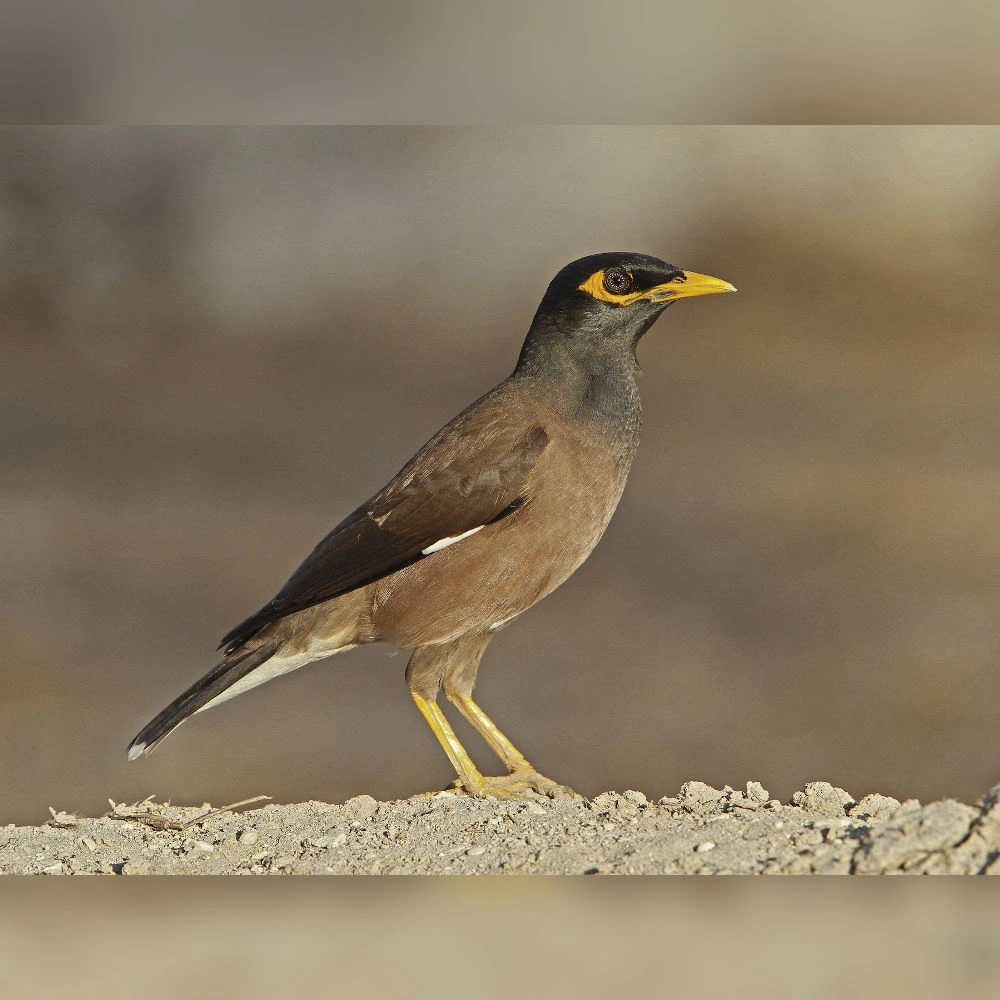
Common Myna
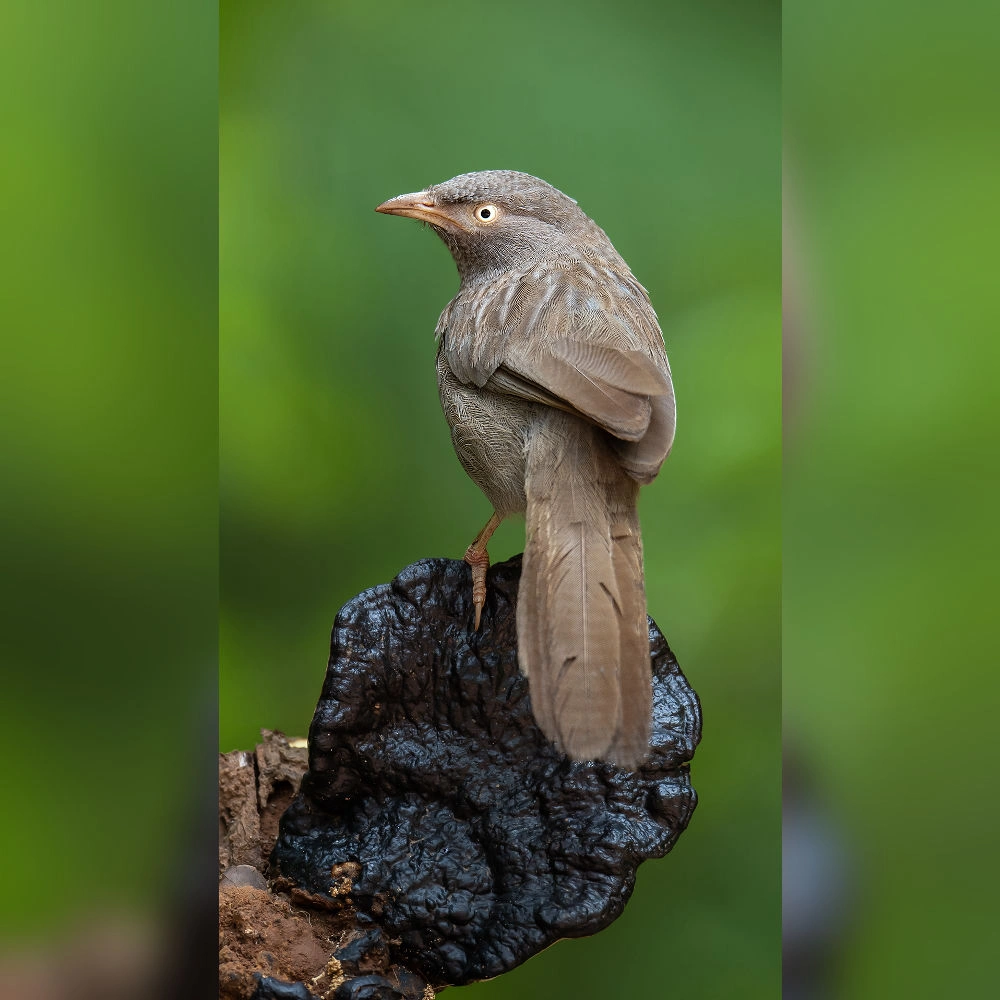
Jungle Babbler
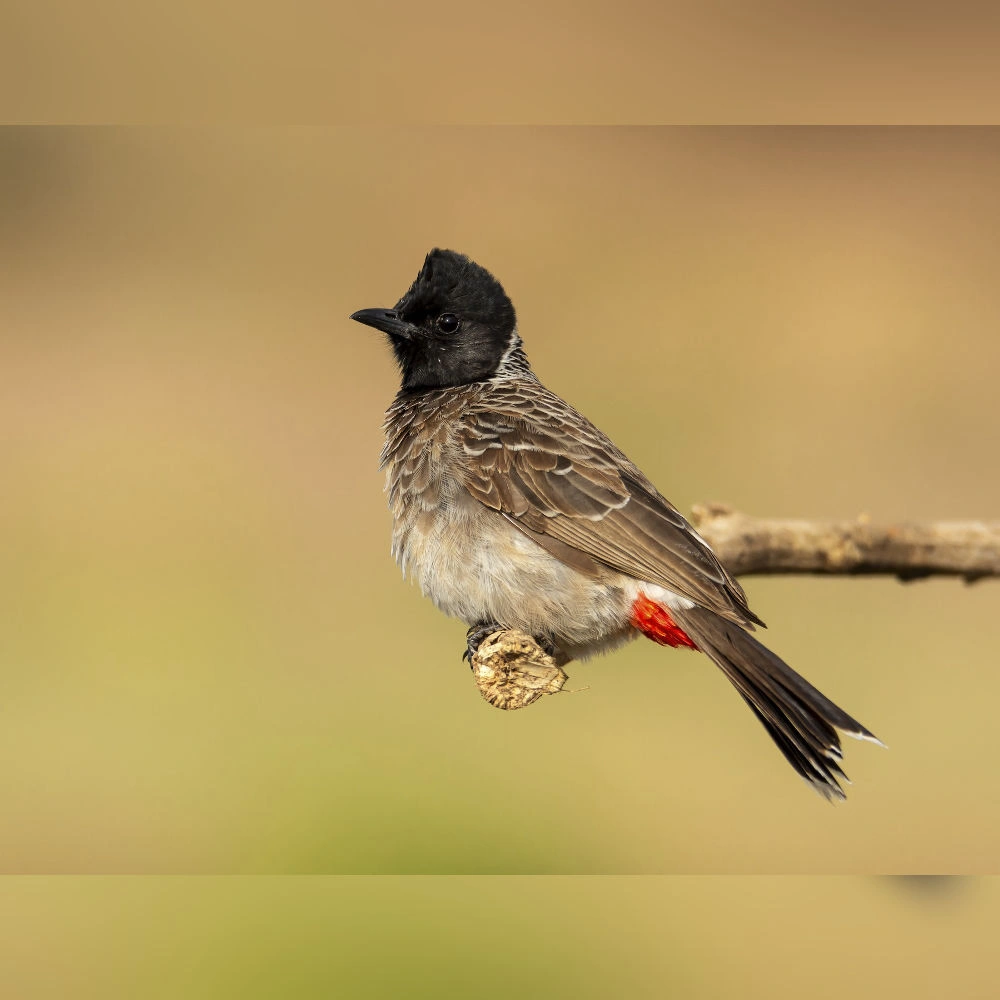
Red-vented Bulbul
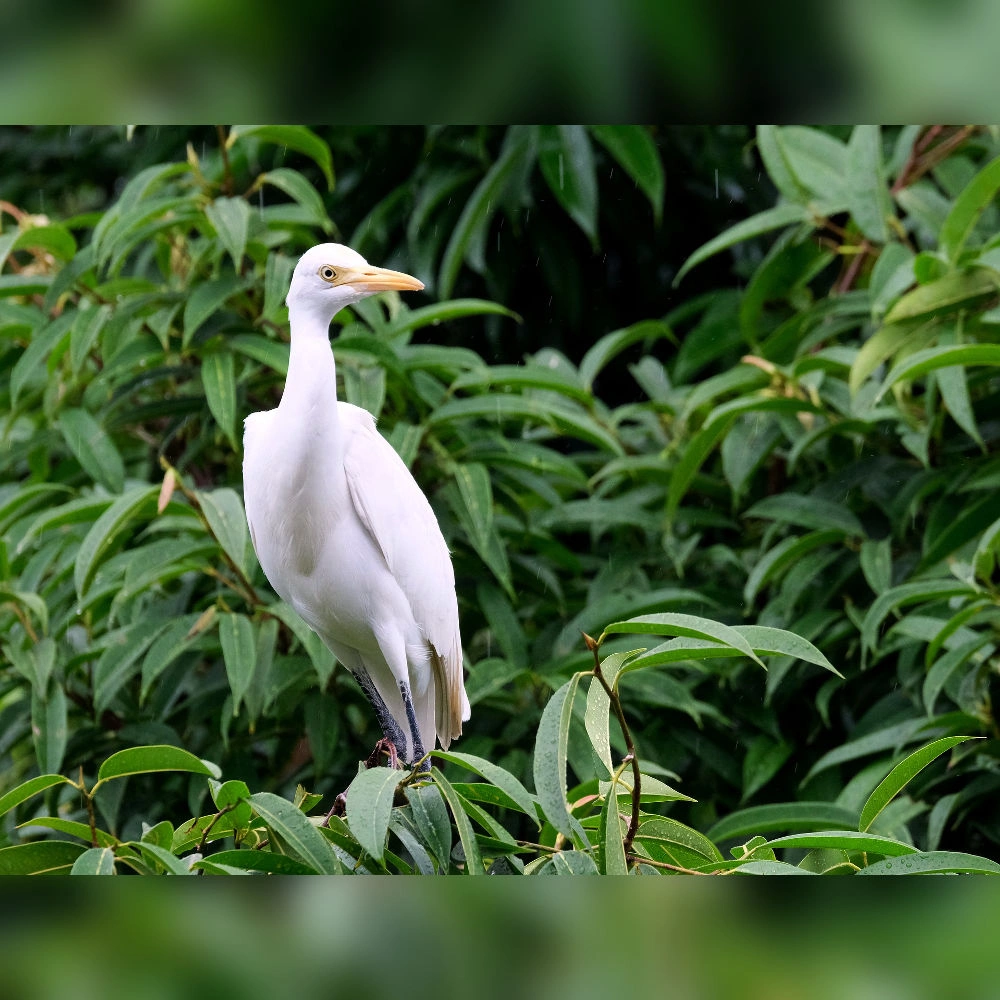
Eastern Cattle Egret
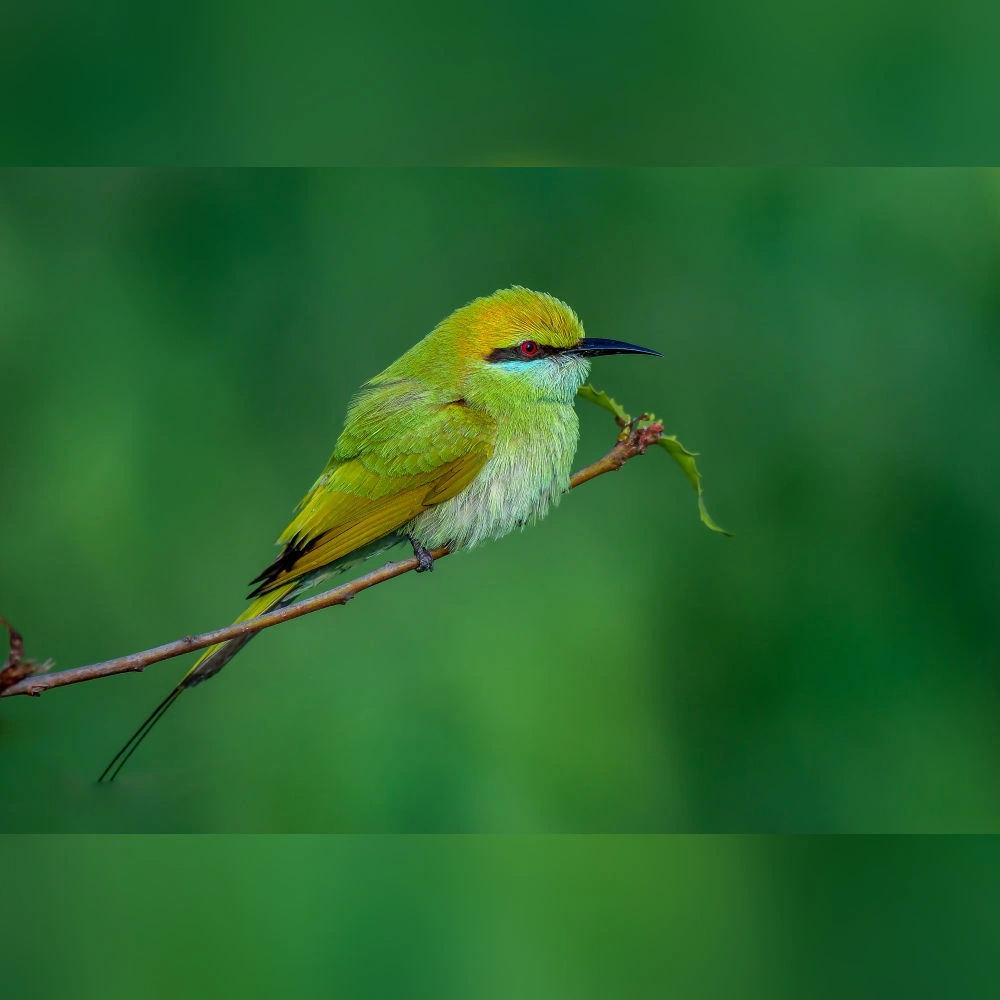
Asian Green Bee-eater
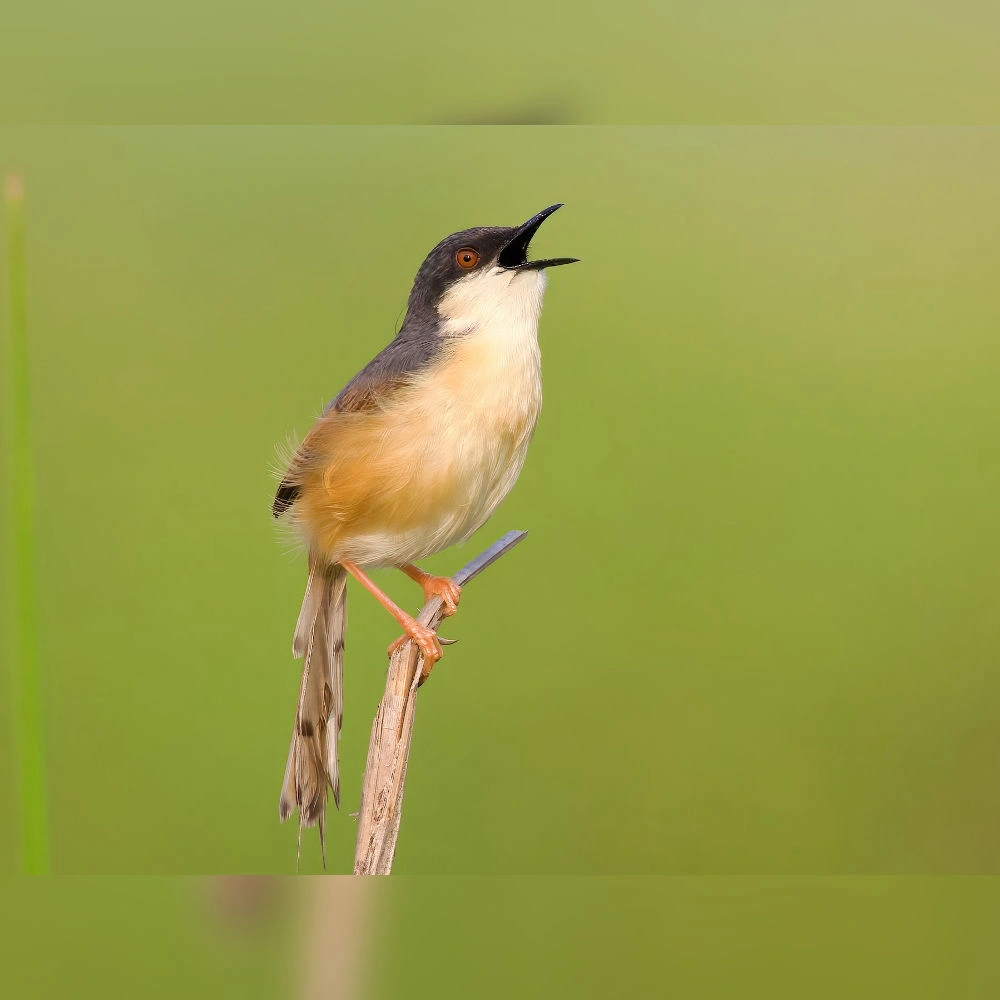
Ashy Prinia
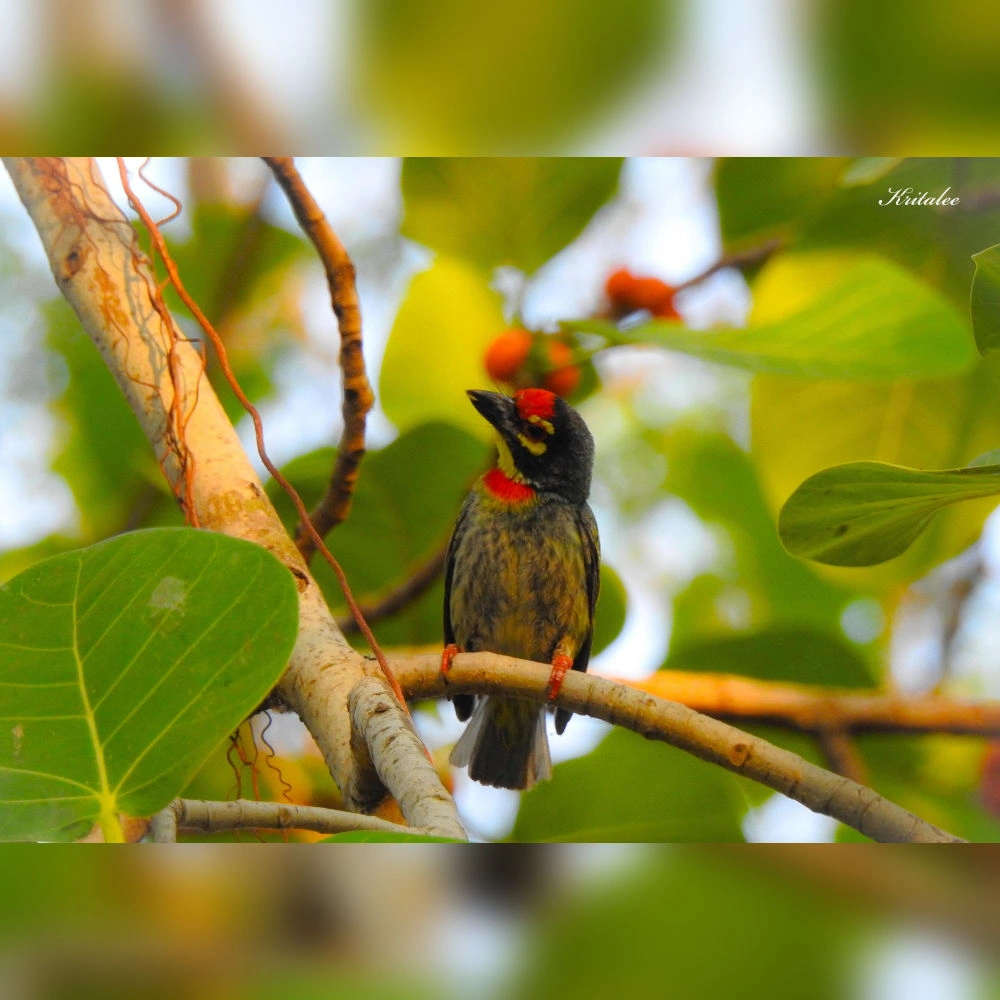
Coppersmith Barbet
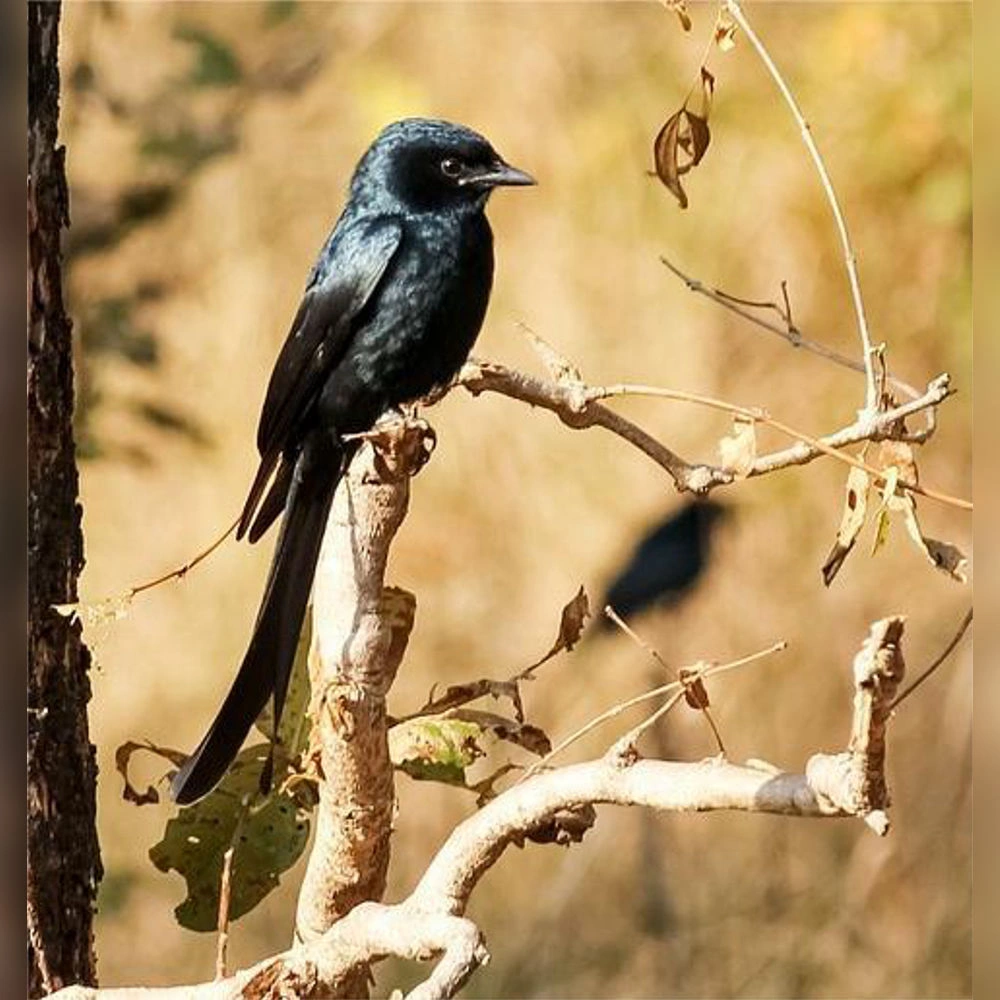
Black Drongo
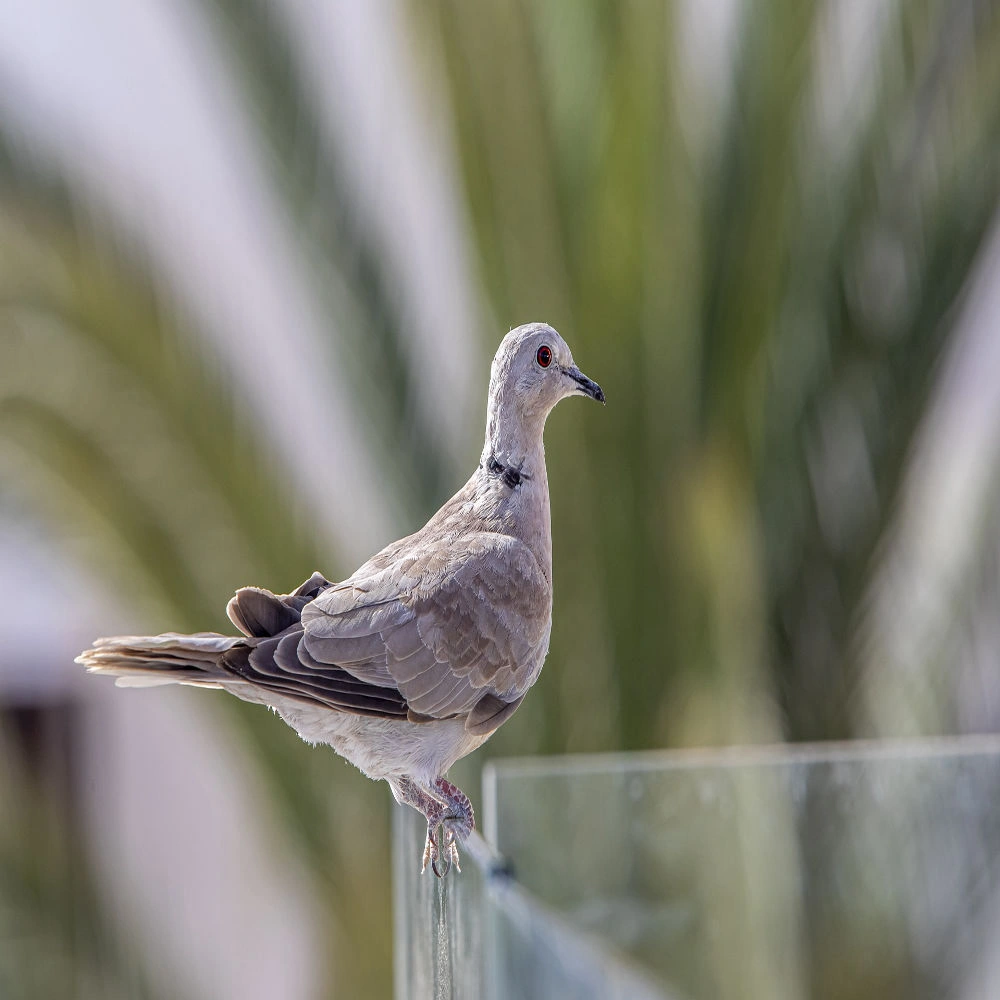
Eurasian-collared Dove
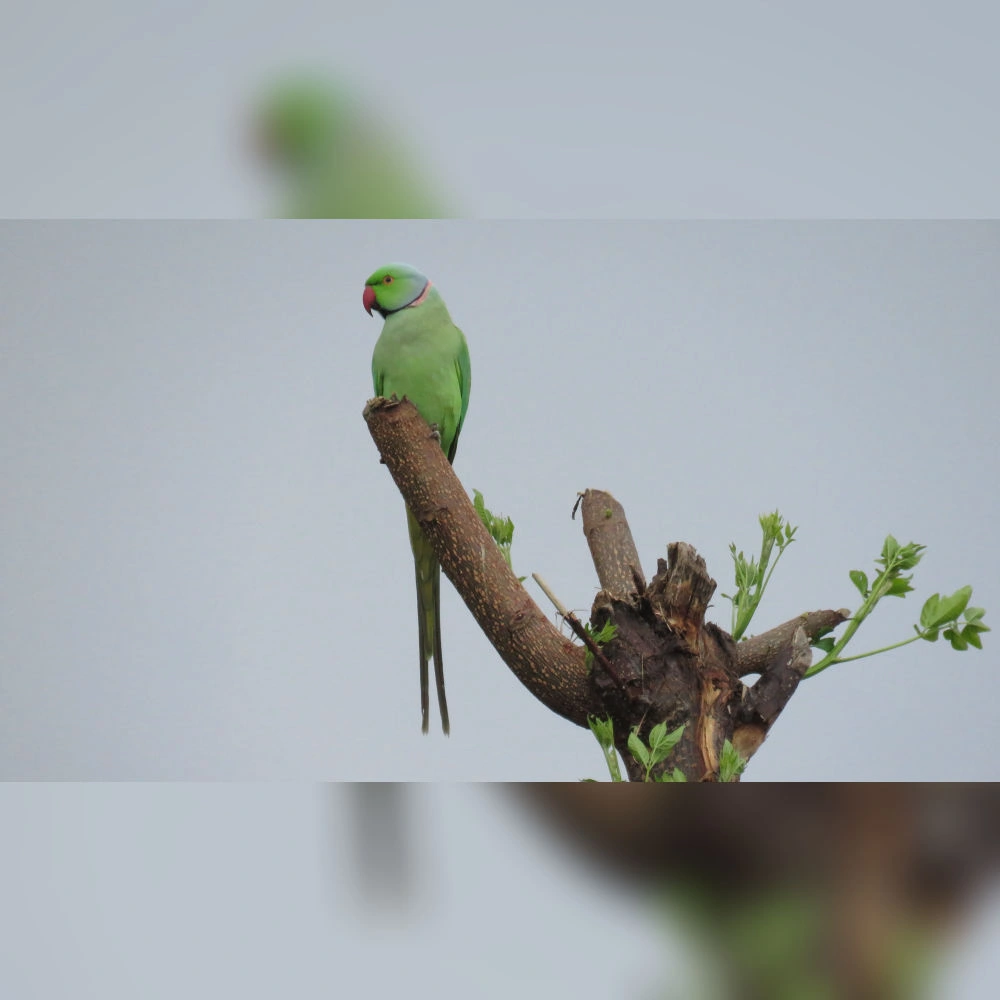
Rose-ringed Parakeet
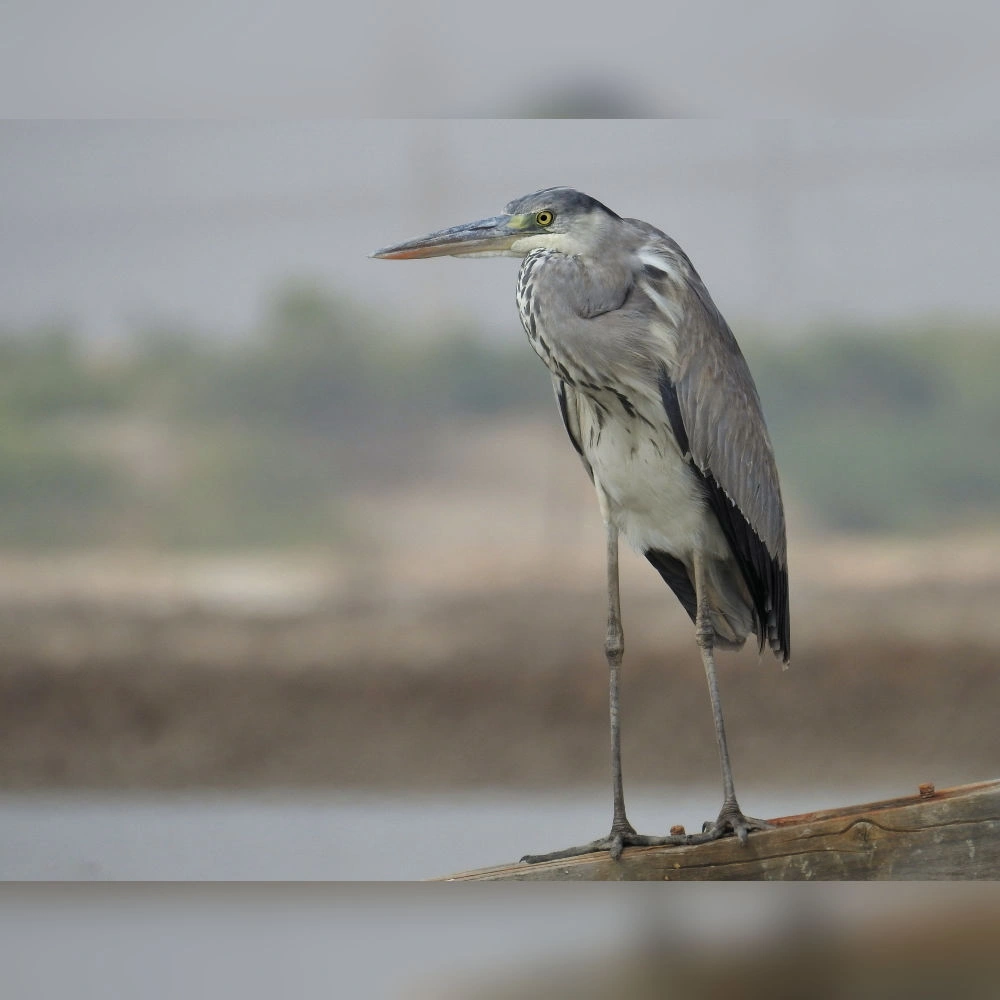
Greh Heron
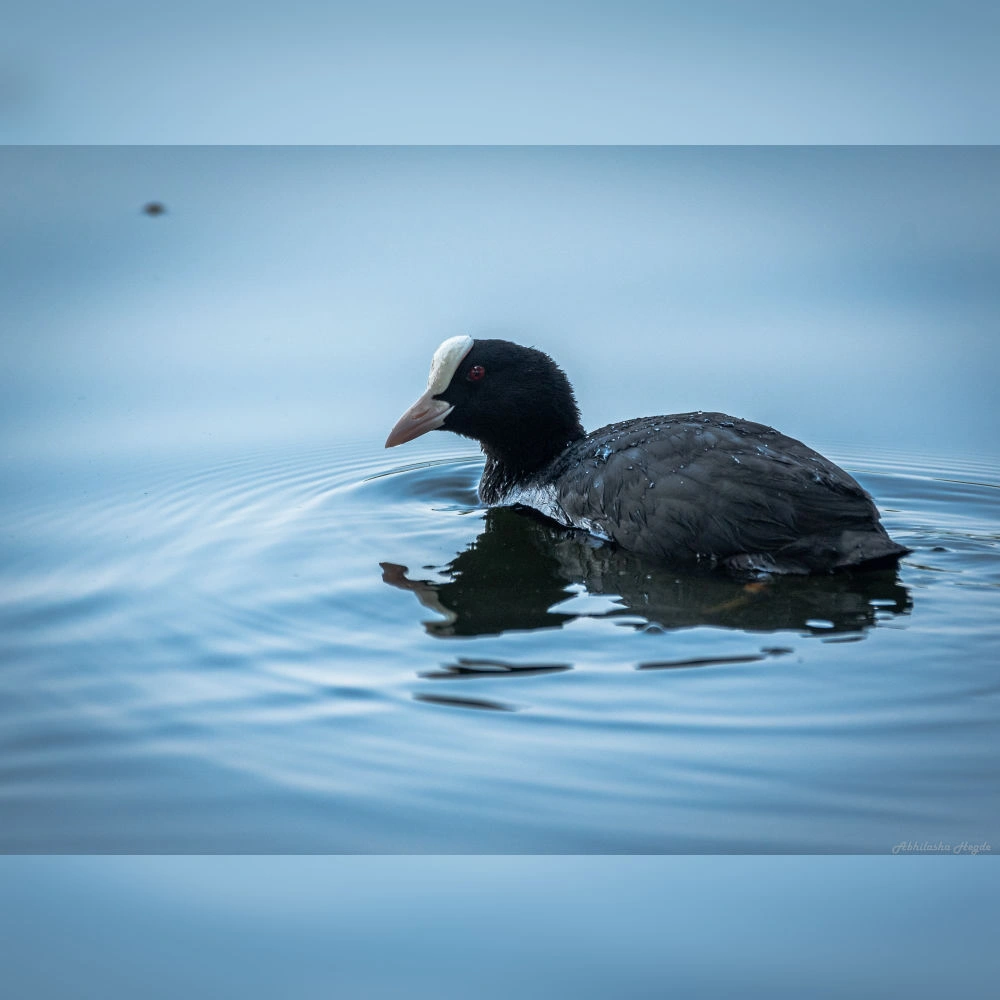
Eurasian Coot
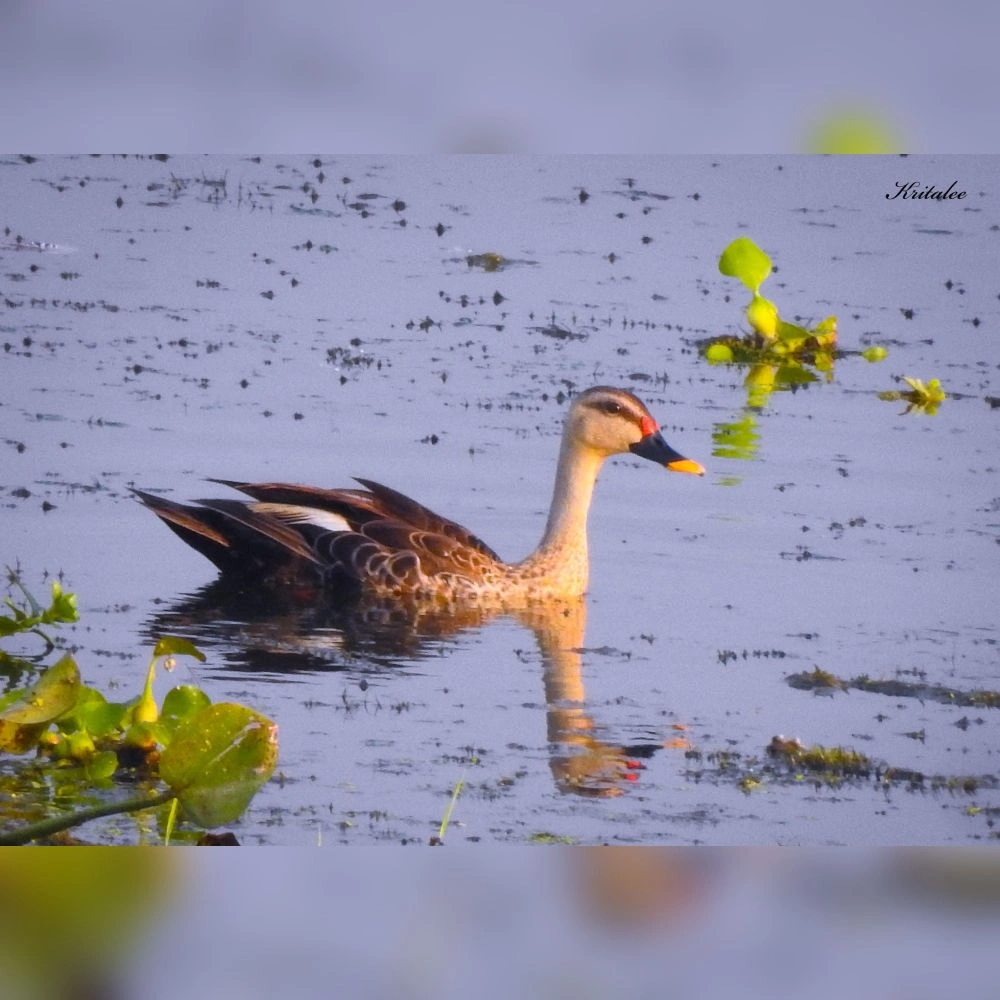
Indian Spot-billed Duck
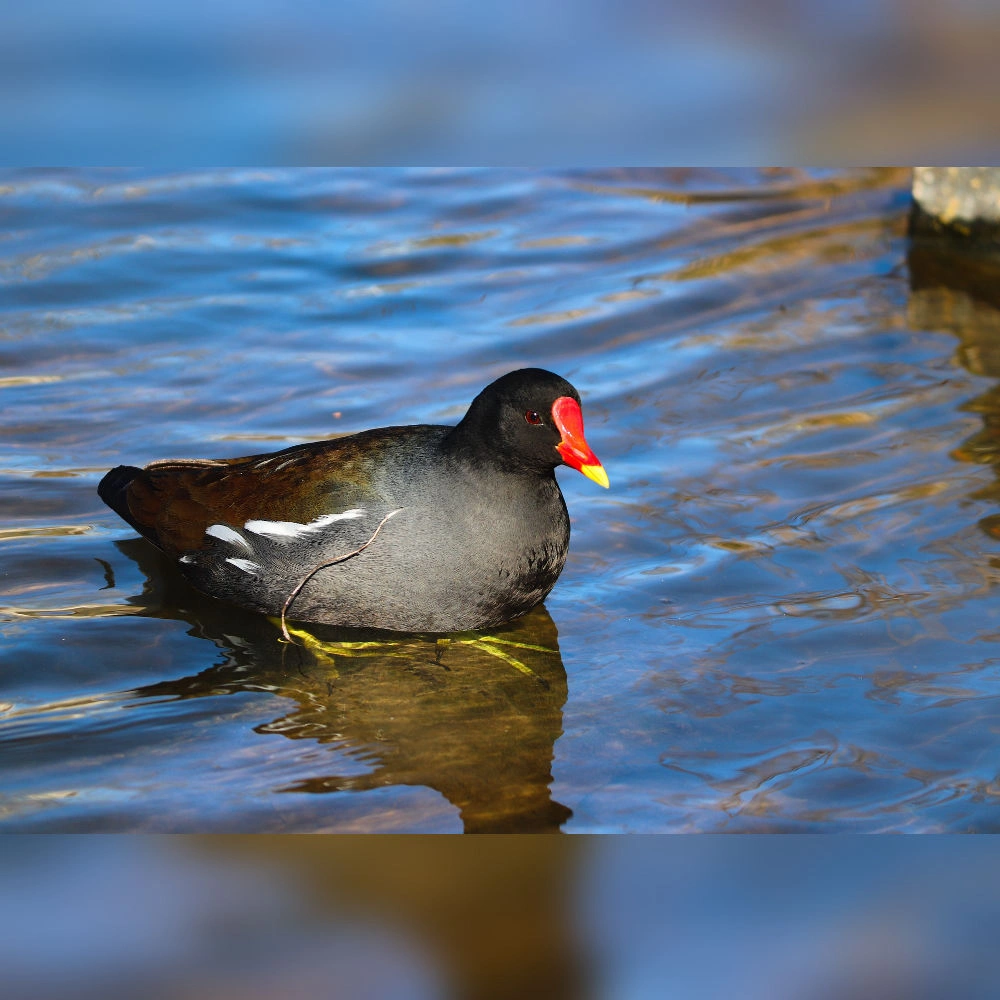
Eurasian Moorhen
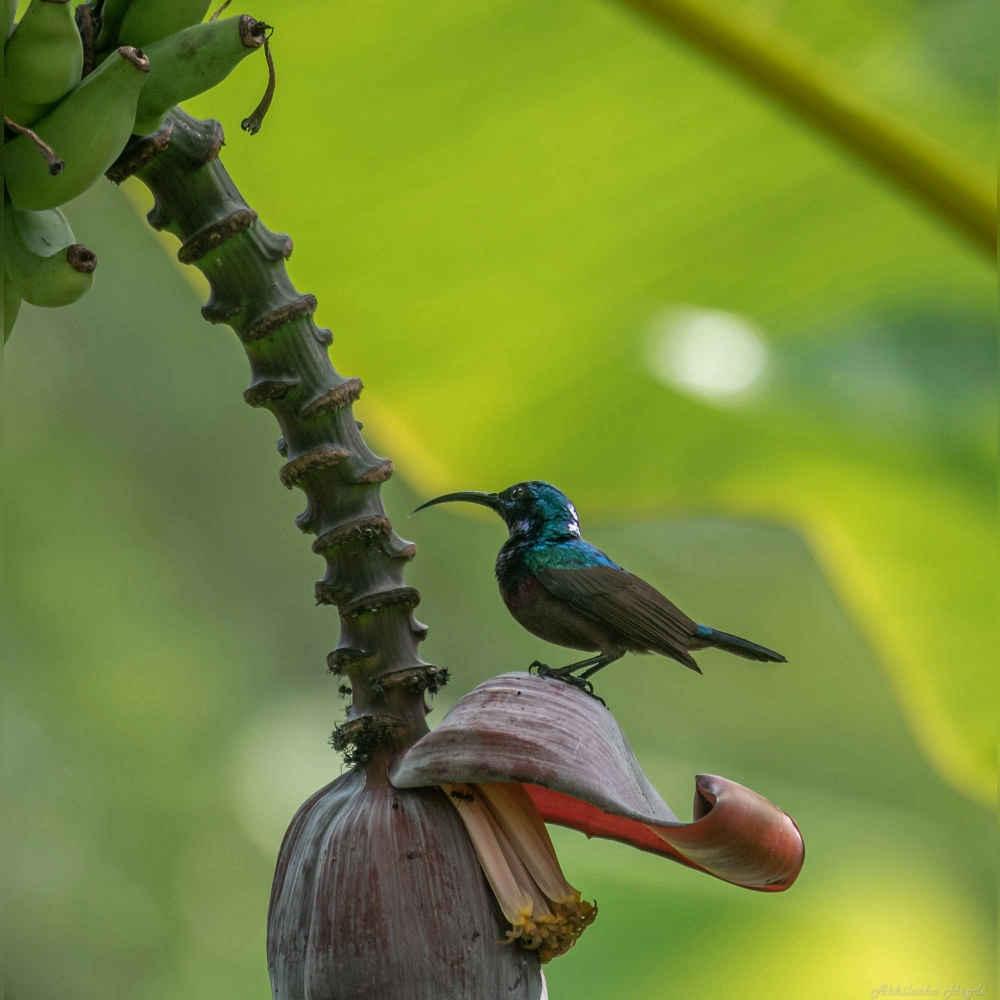
Purple Sunbird
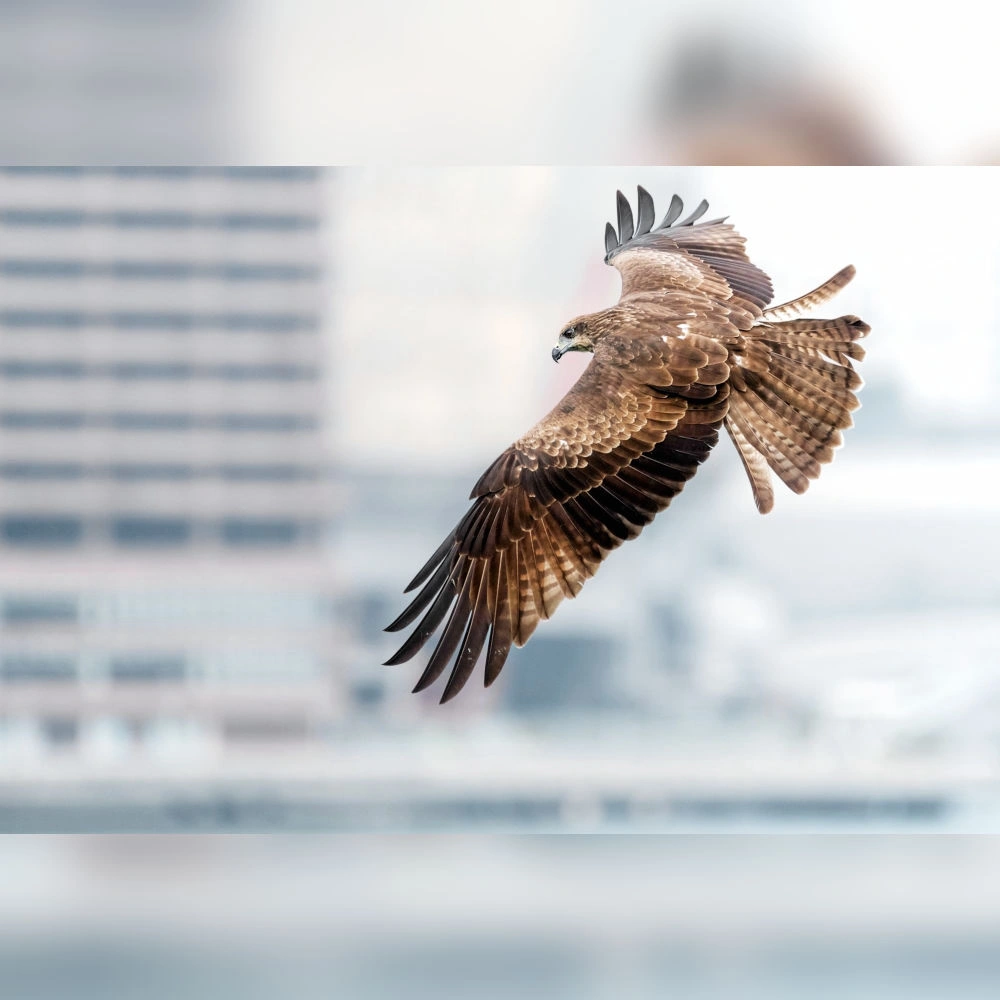
Black Kite
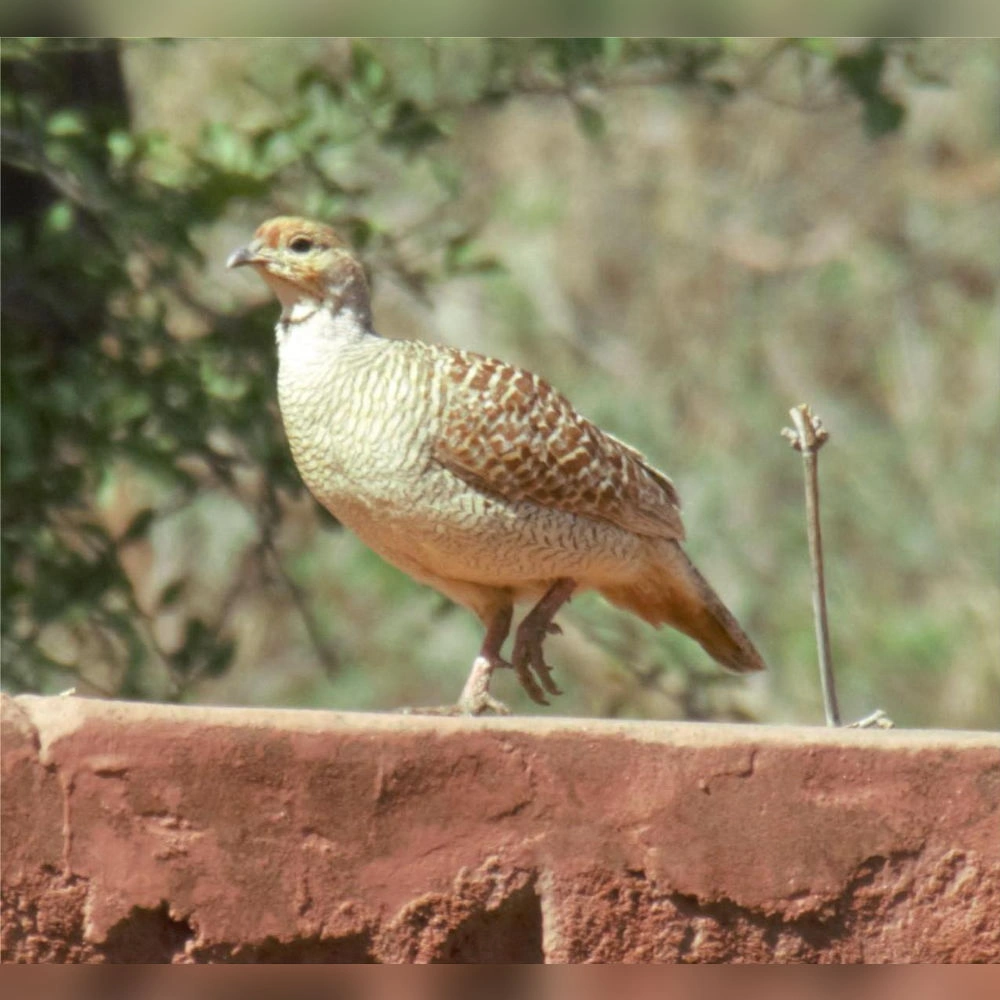
Grey Francolin
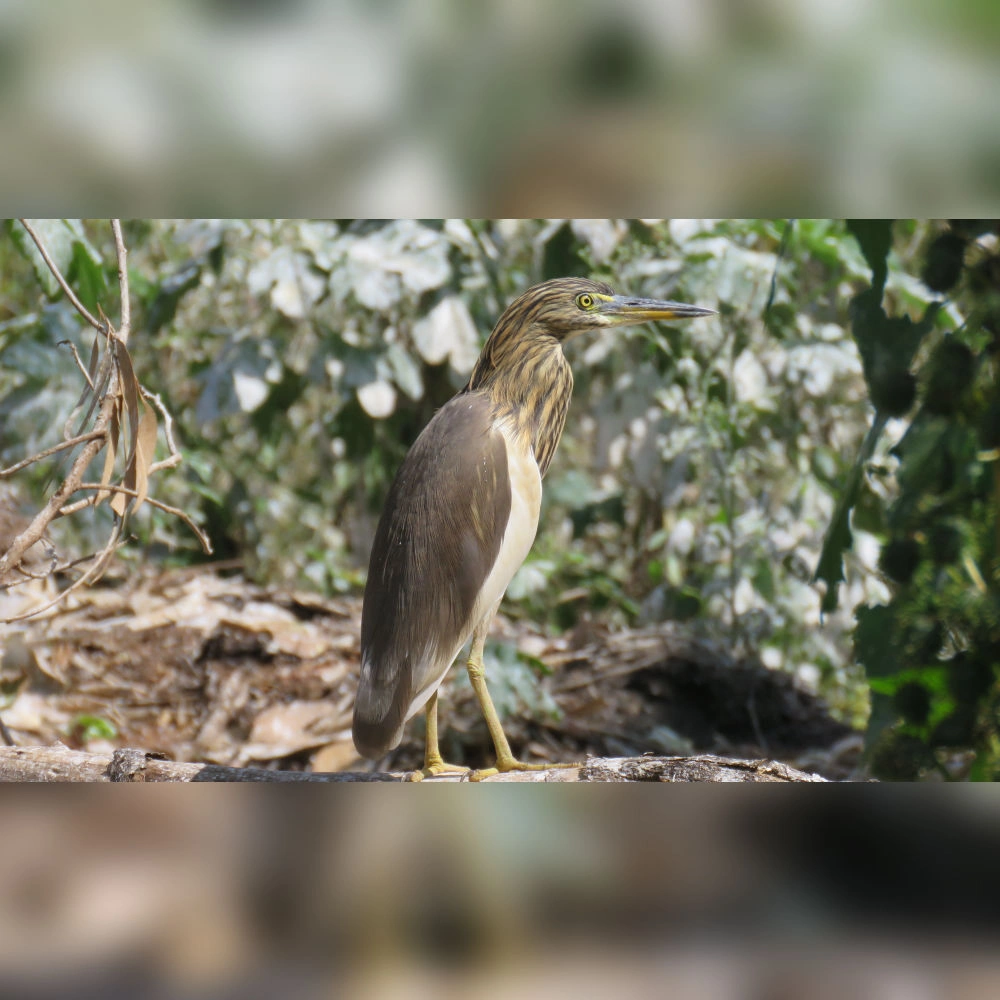
Indian Pond Heron
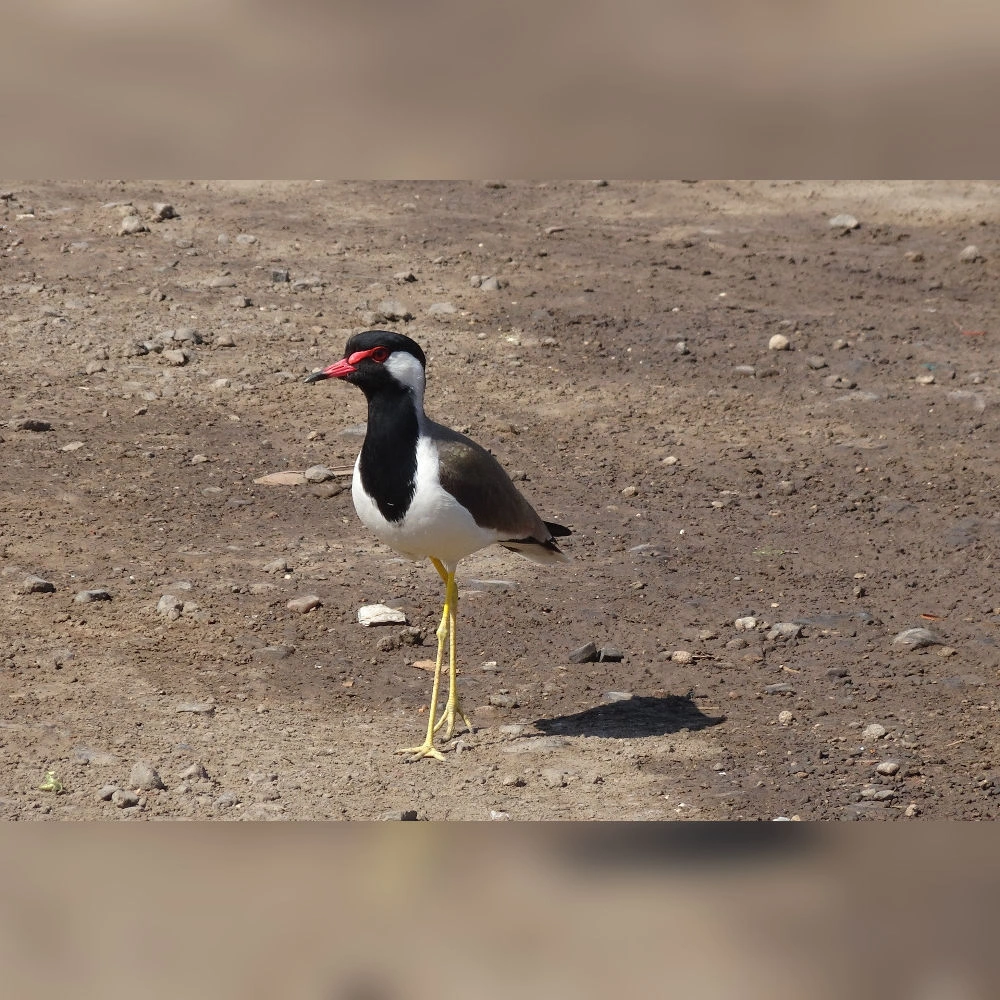
Red-wattled Lapwing
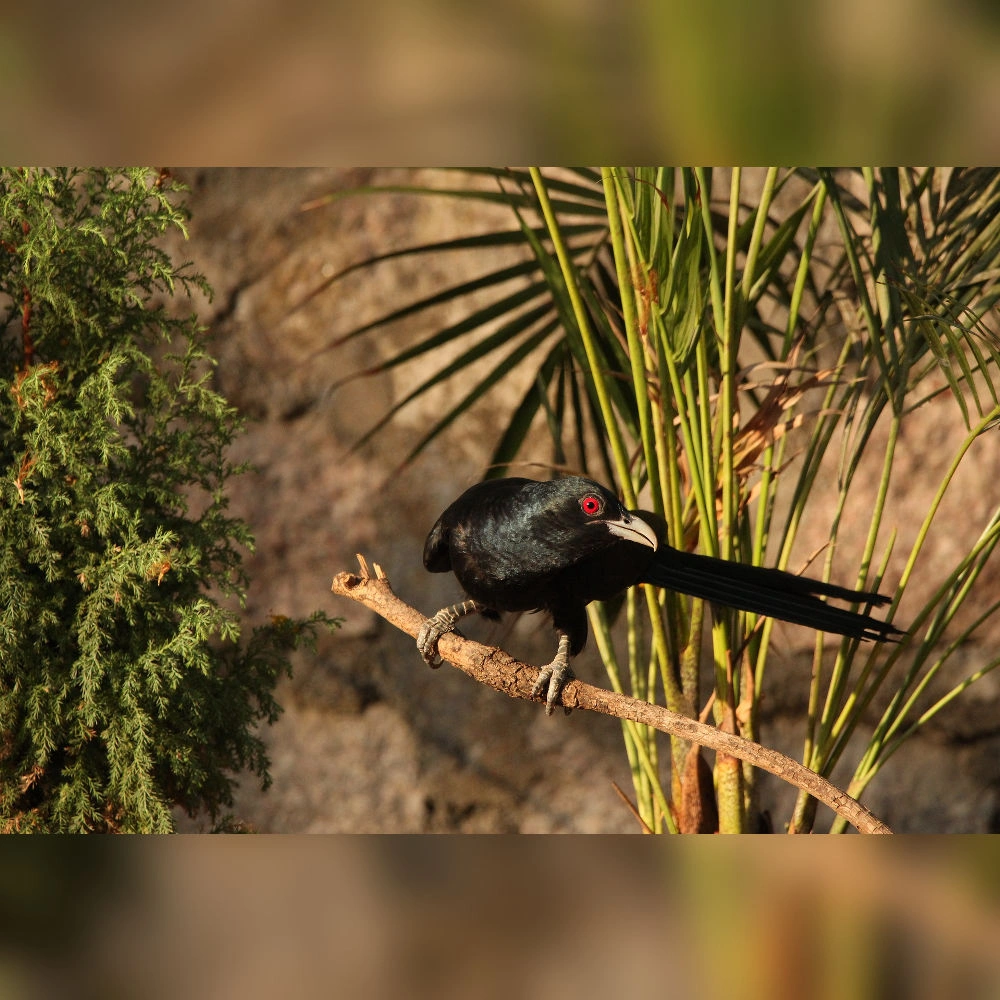
Asian Koel
Summary of Walk
Despite heavy rain causing some setbacks, a small but enthusiastic group of three students joined the bird walk at Devara Cheruvu, Kadiri Sathya Sai, led by Kayala Ashok. The walk offered an intimate and focused experience, where participants got hands-on guidance on bird identification and learned fascinating stories about the birds inhabiting the region.
Kayala also highlighted the importance of wetland conservation, explaining how these habitats support diverse birdlife and maintain ecological balance. The session, though brief, was rich in learning and inspiration, leaving the students with a deeper appreciation for birds and the wetlands they call home.
Number of Participants
0

